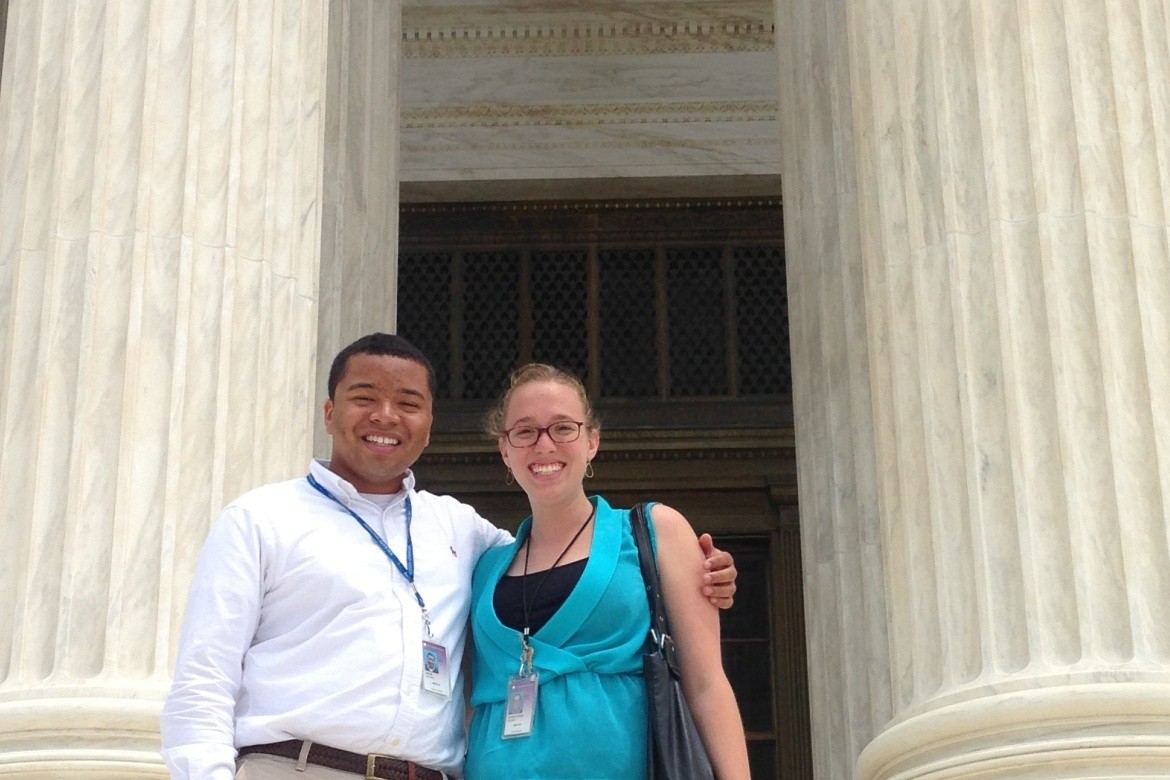Researching Accessibility at the Peabody Essex Museum

I learned how to effectively search databases, find elusive information and compile it into clear, succinct arguments.
Major: History with a Nexus in Law and Public Policy
Internship Organization: The Peabody Essex Museum
The Peabody Essex Museum is one of the oldest continually operating museums in the United States. Originally founded by wealthy merchants in 1799 as the East India Marine Society, the museum was a place to display the curiosities they brought back from their trips around the globe. This means that the museum's permanent collection contains a tremendous variety of objects from the Northwest coast of America, Asia, Africa, Oceania, India and elsewhere.
The mission of the museum is: “Celebrate outstanding artistic and cultural creativity by collecting, stewarding, and interpreting objects of art and culture in ways that increase knowledge, enrich the spirit, engage the mind, and stimulate the senses.”
Lily was the Access Intern loosely connected to the Education Department at PEM. Her job revolved around determining how the museum could improve its accessibility. To accomplish this goal she walked through exhibits, talked with PEM staff and visitors, met with accessibility departments at other museums in the Boston area, researched accessible programming in museums around the world, studied accessibility law and compiled a detailed list of recommendations to leave with PEM at the end of the summer.
“One of the things you learn how to do as a history major is research. You learn how to effectively search databases to find elusive information. You also learn how to take the information you find and compile it into succinct and clear arguments. All of this was very helpful throughout my whole summer at PEM.”